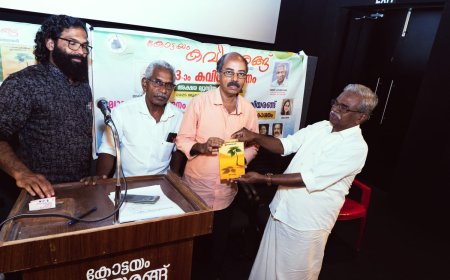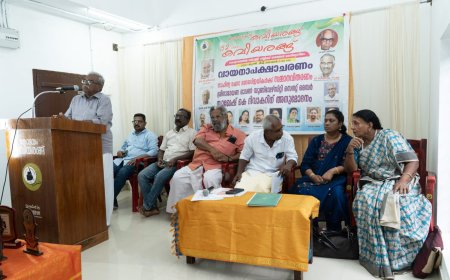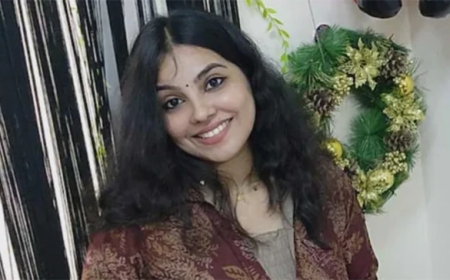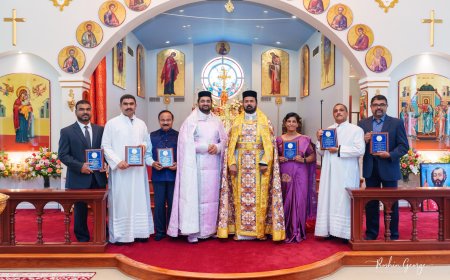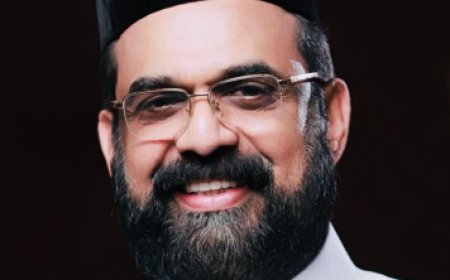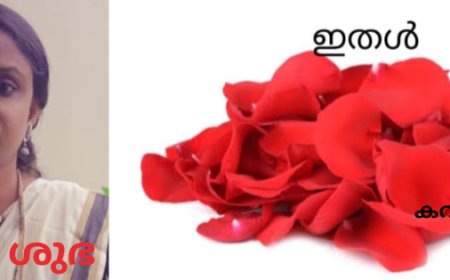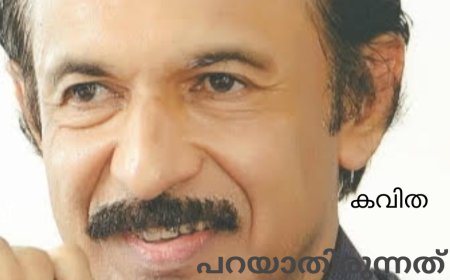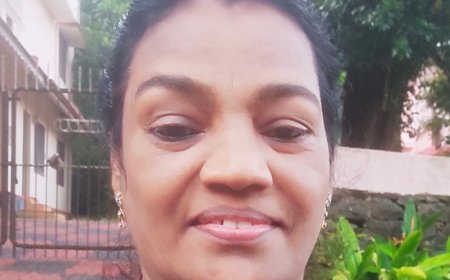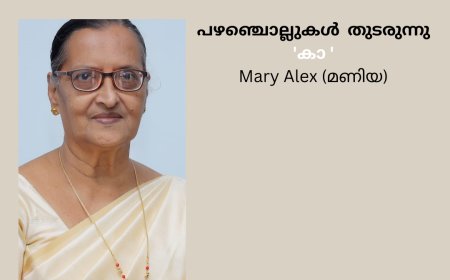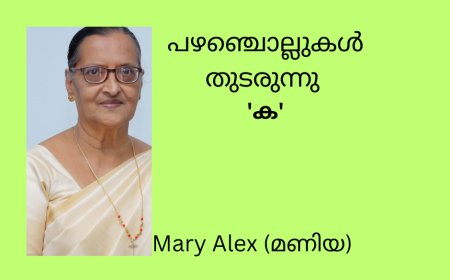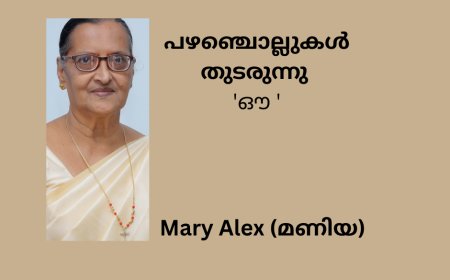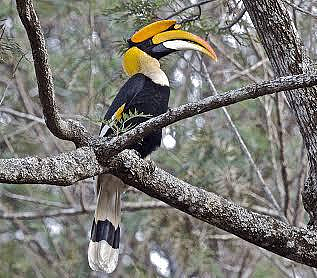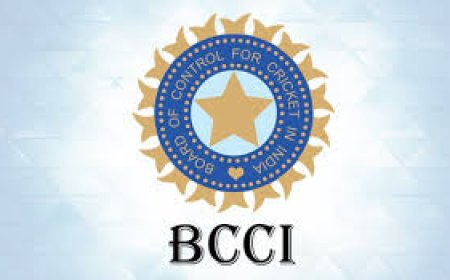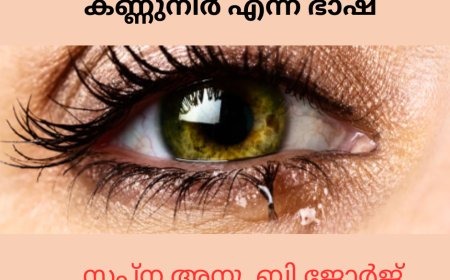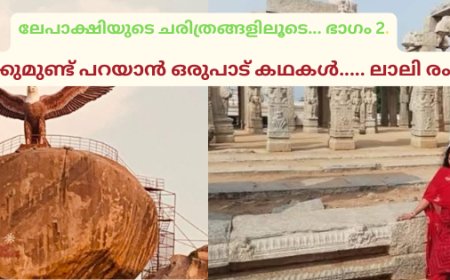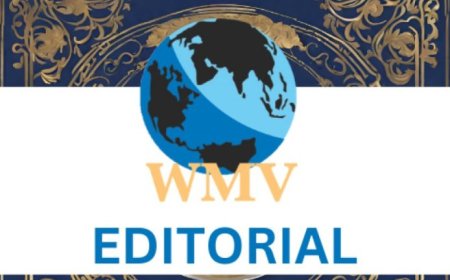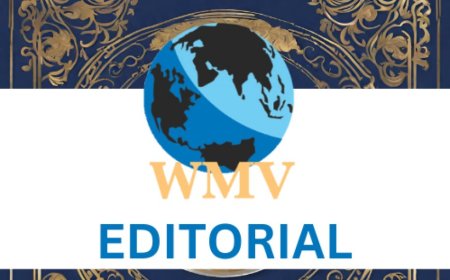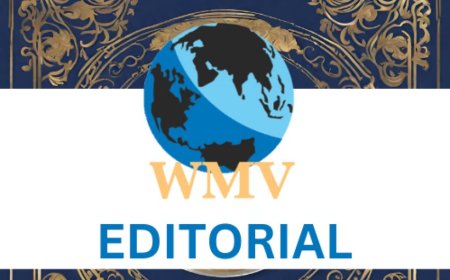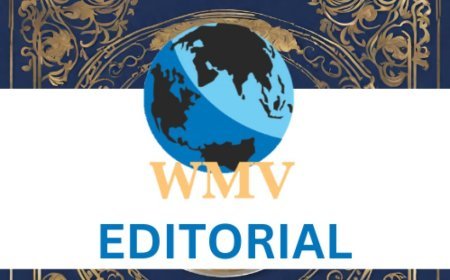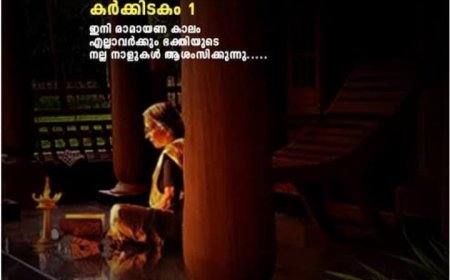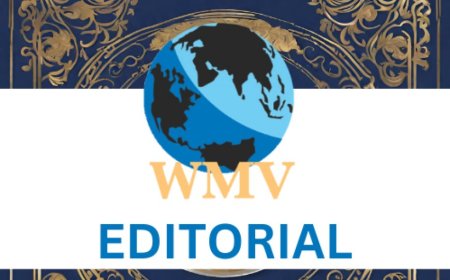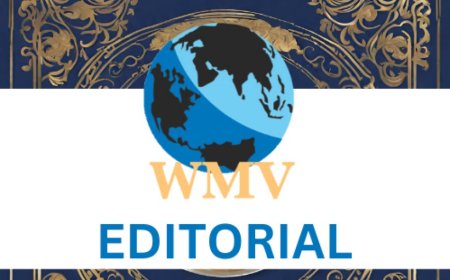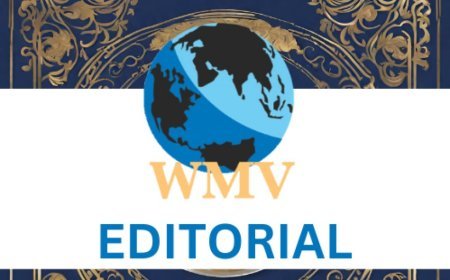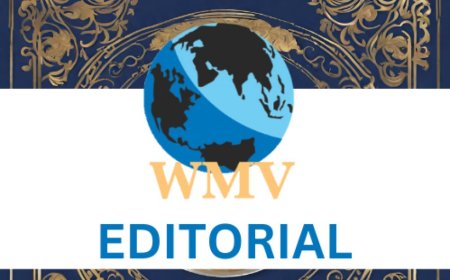IMD to buy two Isro satellites to help improve weather forecast
The new satellites will help IMD predict lightnings, which killed 162 people in March and April.
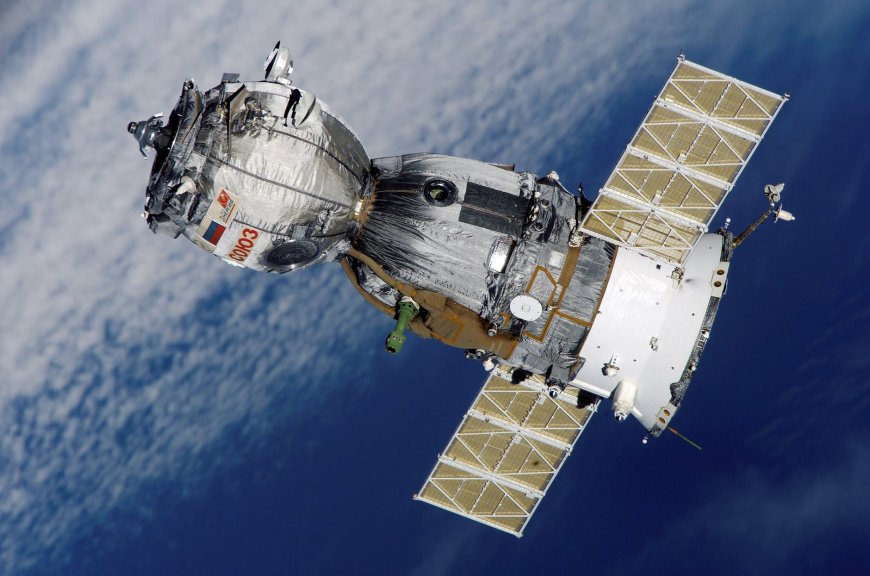
THE India Meteorological Department (IMD) plans to ask the Indian Space Research Organisation (Isro) to build and launch two fourth-generation INSAT series satellites, helping improve the accuracy of its weather forecasting.
These new satellites will replace IMD's two third-generation INSAT satellites by 2028-29 and at cost of ₹1,800 crore, said IMD director general Mrutyunjay Mohapatra in an interview.
The upgraded satellites will give a better resolution of images and be equipped with state-of-the-art sensors for lightning forecasting, said Mohapatra.
As many as 162 people were killed by lightning strikes in March and April.
Mohapatra said, "In remote areas like oceans, hills, the Himalayas and polar regions, one cannot take observations by putting up the instruments. So, here the department goes for the remote sensing instruments like radars and satellites.
“Radars have limitations because a radar can cover only up to 500 kilometers at any particular place and you cannot put a radar in the sea or hill peaks where you do not have any communication system or roads or water. So, a satellite becomes very handy though its accuracy is less as compared to the ground truth and radars.”
IMD has been using satellite technology extensively for weather monitoring and forecasting. This started with the use of photographs from Television Infrared Observation Satellites (TIROS-1) launched by the US in 1960.
The two satellites currently used by IMD have a 1 km visible range and 4 km infrared range.
“Then we have cascaded these two satellites so that every 15 minutes, you get an image. The satellite is geostationary. Apart from this, there are other sensors in the satellite which provide other information, like say winds and humidity, water vapour you can say. So, this information we get it from our own satellites,”
IMD also gets data from European, Japanese and Korean satellites. According to him, there is a cooperation among the countries that is called the Coordinated Group of Meteorological Satellites.
However, there are still gaps in detecting small-scale weather events, such as cloudbursts, thunderstorms, and lightning due to a lack of high-resolution data, products and satellite-based tools. "Considering this, Isro would be developing INSAT-4 series with better sensors and resolution," said Mohapatra.
The assimilation of satellite data in the models has improved the accuracy in short to medium range forecasting by about 20% to 30%, according to IMD.
